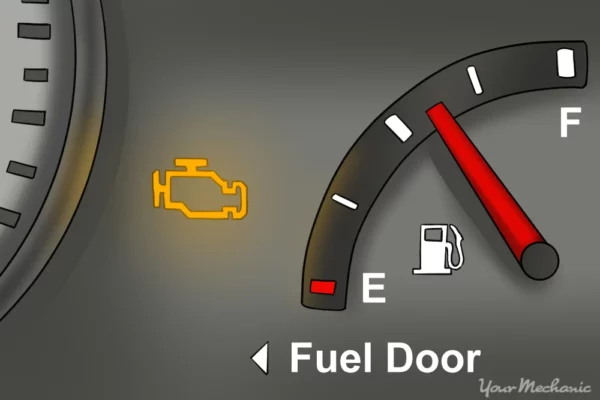Why Is My Car's Check Engine Light Illuminated?

Understanding the Check Engine Light
The check engine light, also known as the malfunction indicator lamp (MIL), is a small warning light located on your car’s instrument panel. When it comes on, it signifies that the engine control unit (ECU), the computer that manages various engine functions, has detected a problem within the engine or emission control system. While it may be tempting to ignore this light, it’s essential to address the underlying issue to prevent potential damage and costly repairs
Common Causes of Illumination
- Faulty Oxygen Sensor: One of the leading causes of a check engine light is a malfunctioning oxygen sensor. The oxygen sensor measures the oxygen levels in the exhaust gases and provides feedback to the ECU. A faulty sensor can result in reduced fuel efficiency and increased emissions.
- Loose or Faulty Gas Cap: Surprisingly, a loose or faulty gas cap can trigger the check engine light. The gas cap seals the fuel tank, preventing fuel vapor from escaping. If the cap is loose or damaged, it can disrupt the evaporative emission control system, causing the light to illuminate.
- Malfunctioning Mass Airflow Sensor: The mass airflow sensor (MAF) measures the amount of air entering the engine. A malfunctioning MAF sensor can lead to engine performance issues, such as rough idling or reduced power, triggering the check engine light.
- Catalytic Converter Problems: A failing catalytic converter can be another culprit for the check engine light. The catalytic converter helps reduce harmful emissions by converting them into less harmful substances. If it becomes clogged or damaged, it can impede the exhaust flow and trigger the light.
- Faulty Ignition Coils or Spark Plugs: Ignition coils and spark plugs are crucial components of the engine’s ignition system. If any of these components fail or degrade, it can lead to misfires, and reduced engine performance.
- Issues with the Exhaust Gas Recirculation (EGR) Valve: The EGR valve recirculates a portion of the exhaust gases back into the engine to reduce emissions. A malfunctioning EGR valve can cause engine roughness, reduced fuel economy, and trigger the check engine light.
- Faulty Thermostat: A faulty thermostat can disrupt the engine’s cooling system, leading to overheating. When the ECU detects abnormal temperature readings, it may activate the check engine light as a precautionary measure.
What to do When it Comes On
- Check the Gas Cap: Start by checking the gas cap. Ensure it is securely tightened. If it’s loose or damaged, replace it with a new one.
- Assess Vehicle Performance: Pay attention to any changes in your car’s performance. Note any unusual noises, vibrations, or changes in fuel efficiency. This information can be helpful when discussing the issue with a mechanic.

